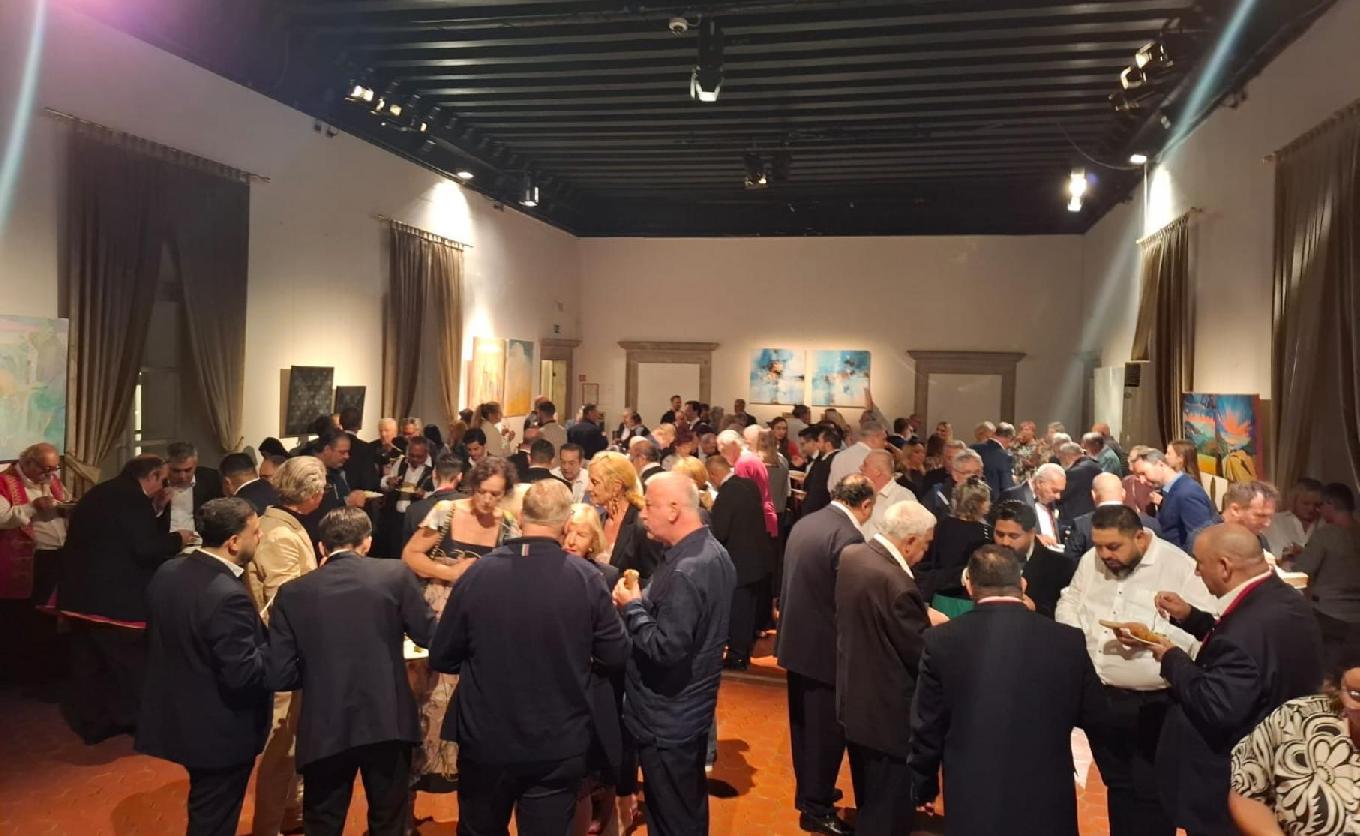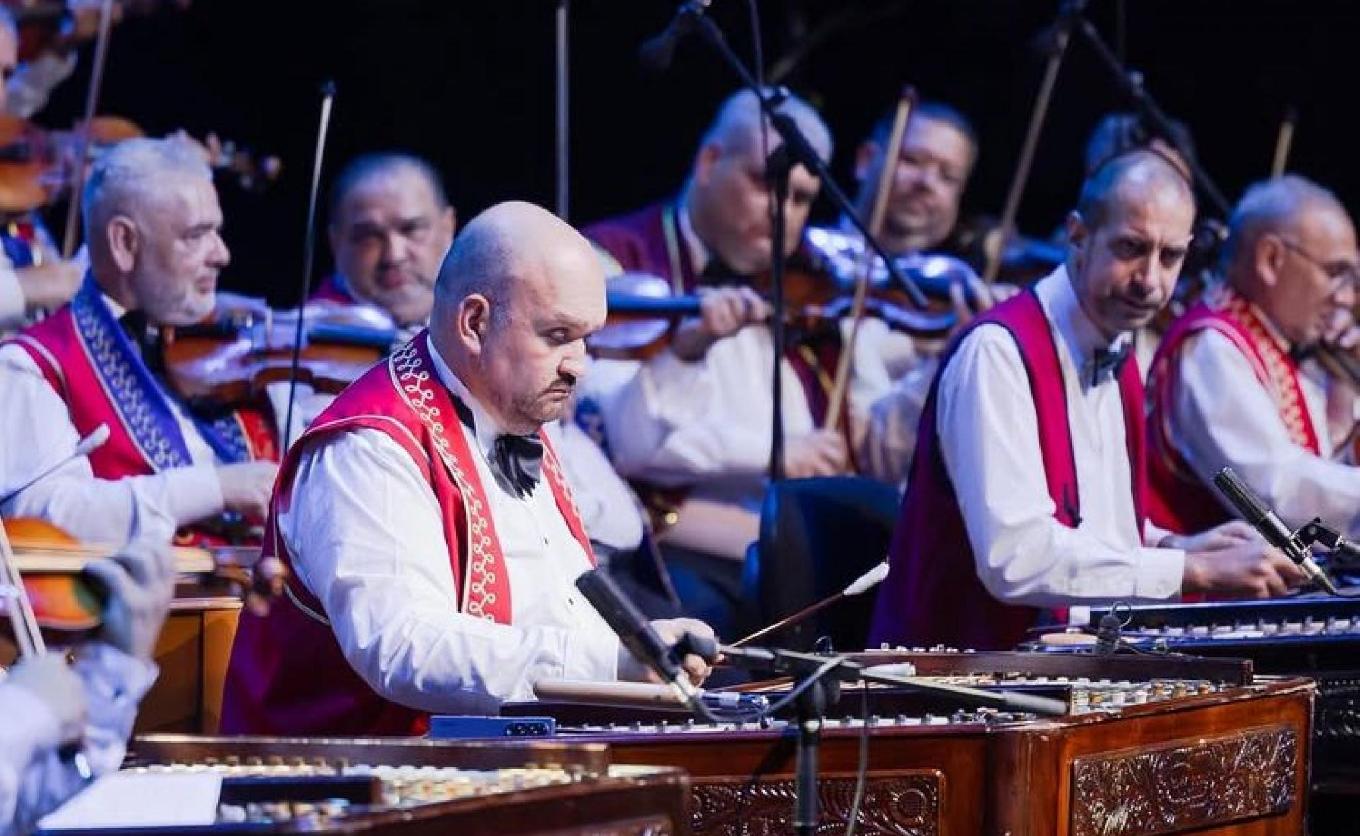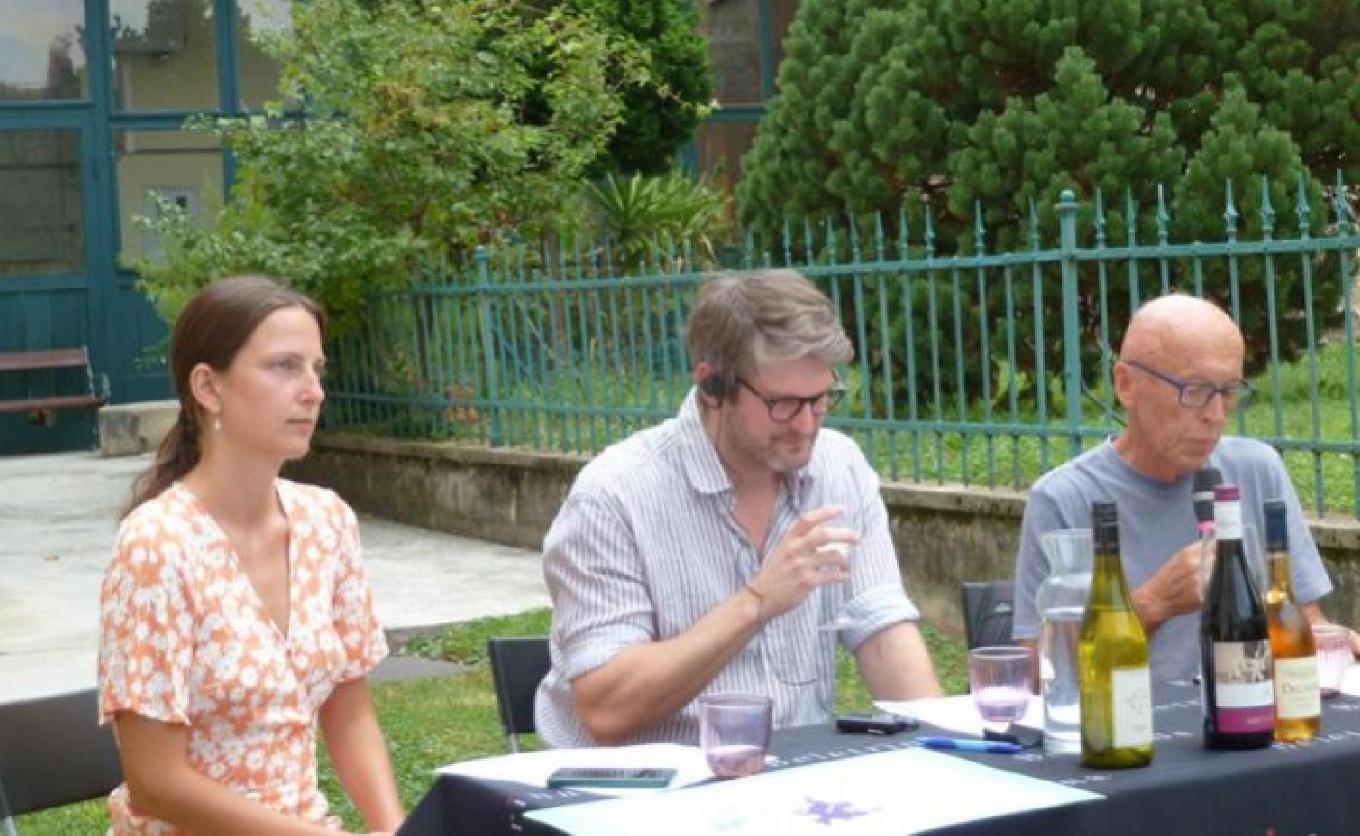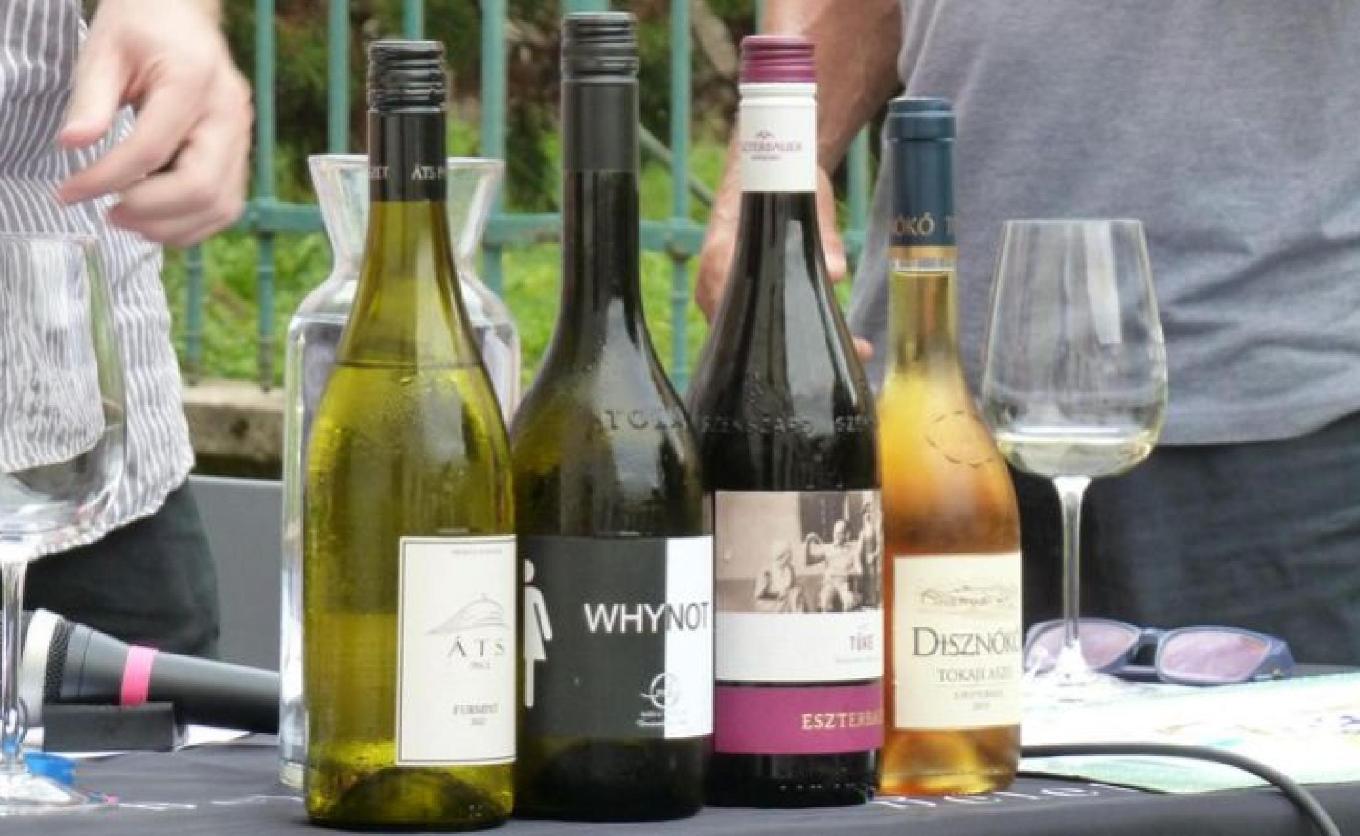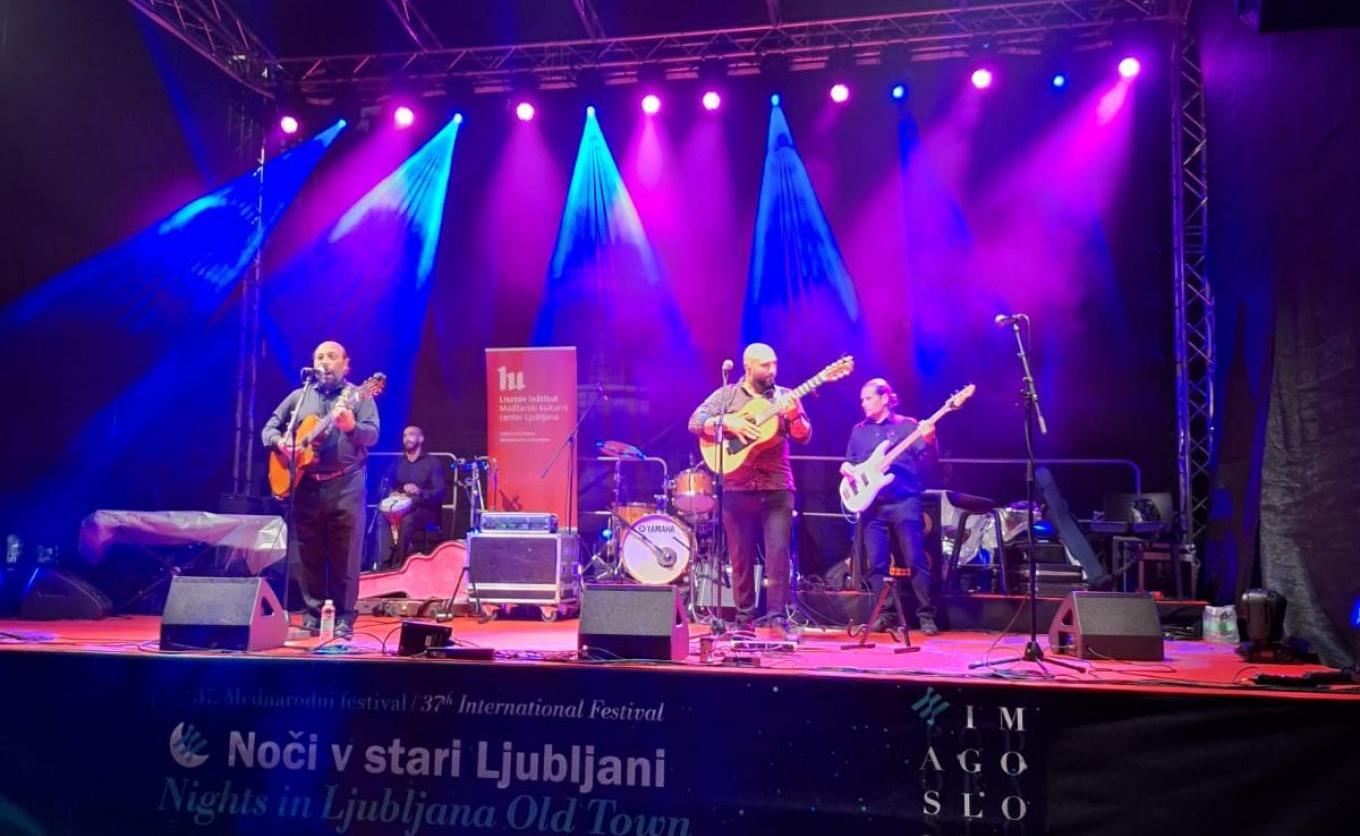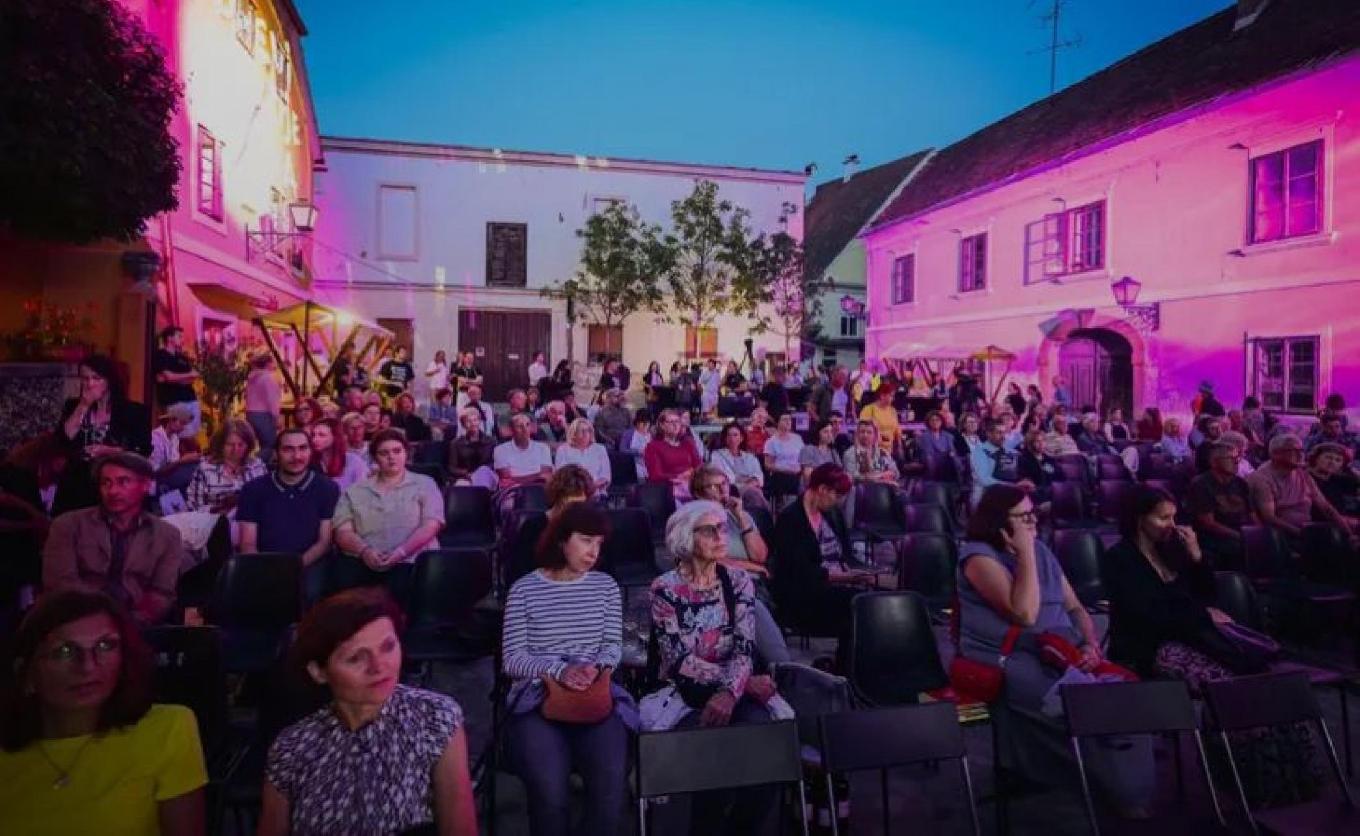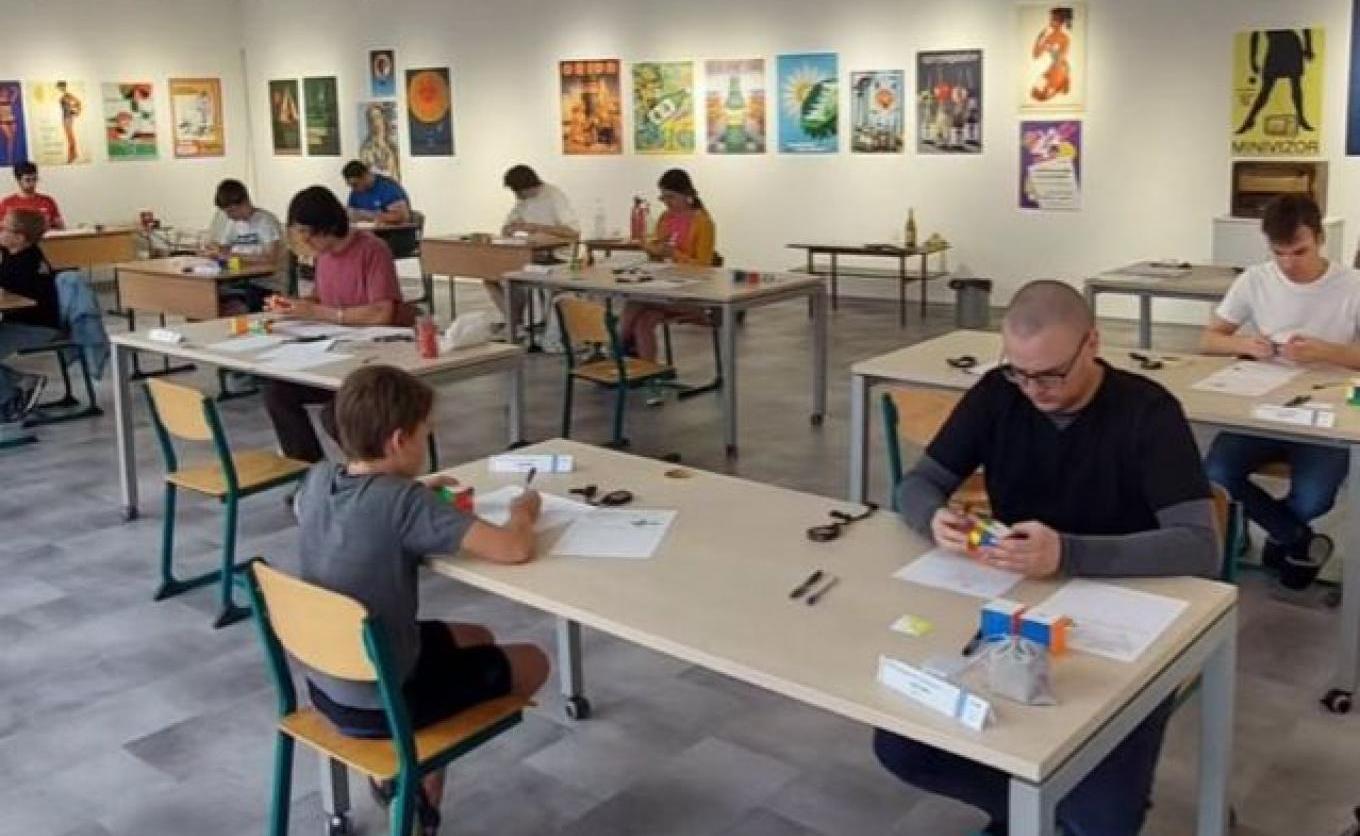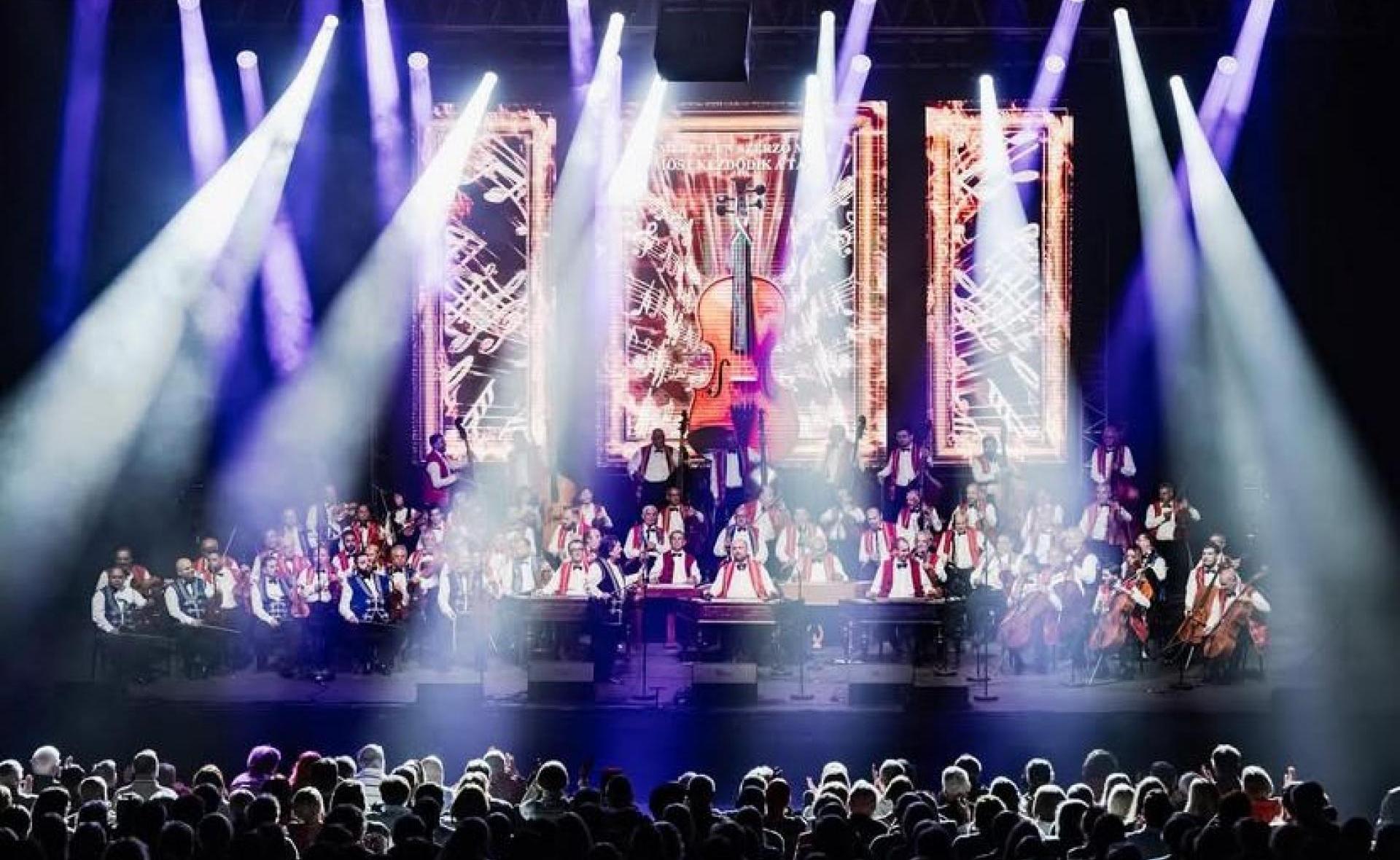
Hungarian Cultural Summer in Slovenia
In the second half of the summer, Slovenia’s cultural scene was enriched by a variety of Hungarian programs showcasing the diversity of music, literature, and creative innovation. Organized by the Liszt Institute and its partners, the events took place in Ljubljana and several rural locations, providing an opportunity to present Hungary’s cultural heritage and contemporary art, thereby strengthening Hungary’s presence in the Slovenian cultural landscape.
On August 22, the world-renowned 100 Member Gypsy Orchestra held a gala concert at Ljubljana’s Križanke, as one of the highlight events of the 73rd Ljubljana Festival. This festival is Slovenia’s most prominent cultural event series and enjoys significant media coverage. Formed forty years ago, the orchestra is unique in the world as a special symphonic ensemble that both preserves Hungarian Gypsy musical traditions and interprets the works of classical composers such as Liszt, Bartók, Kodály, Brahms, Tchaikovsky, and Strauss. The sold-out concert offered the audience a true musical journey through its virtuosic performance, presenting Hungarian folk songs and tunes alongside masterpieces of classical music. Before the concert, Dr. Zoltán Thuróczy, director of the Liszt Institute, gave a speech introducing the work of the institute and highlighting the values of Hungarian culture. The musical experience was further enriched by the Ethnographic Museum’s panel exhibition titled “Play It, Gypsy!”, which—thanks to the Liszt Institute—was available in Slovenian. Displayed in the concert venue’s foyer, the exhibition offered guests a glimpse into the rich cultural heritage of Hungarian Gypsy musicians. The diplomatic significance of the gala was underlined by a reception following the concert, jointly organized by the Hungarian Embassy and the Liszt Institute. Here, members of the orchestra, festival organizers, diplomats, politicians, and representatives of Slovenia’s cultural scene came together for informal conversations, further strengthening the cultural ties between the two countries.
On the following evening, August 23, the band Romano Drom took the stage as part of the "Evenings in Old Ljubljana" festival. Formed in 1999, the group is internationally recognized as one of the most prominent representatives of contemporary Roma culture, proving that traditional Roma melodies and modern musical innovations can enrich one another and captivate audiences around the world. The Ljubljana concert showcased their distinctive sound, blending Olah Roma melodies with elements of Catalan rumba, Arab and Balkan rhythms, and modern electronic music. Despite the rainy weather, the audience's spirits remained high—the concert concluded with a collective dance, symbolically expressing the community-building and joy-bringing power of Hungarian Roma music. The “Play It, Gypsy!” exhibition also accompanied this performance, complementing the stage experience with insights into the history of Hungarian Roma music.
From August 20 to 23, Hungarian literature also played a significant role at the prestigious Days of Poetry and Wine Festival in Ptuj, now held for the 29th time in Ptuj and surrounding towns. This festival is one of Central Europe’s most outstanding poetry events, featuring readings, wine tastings, exhibitions, and concerts, with the participation of more than twenty international poets. A trilingual festival booklet featuring a selection of poems by Réka Borda was made freely available to visitors. While Réka Borda was only able to participate online, Péter Závada represented Hungary in person, ensuring a strong Hungarian literary presence at the festival.
Also on August 23, the building of the Liszt Institute hosted the Slovenian Rubik's Cube FMC Nationals 2025, a competition focused on a special category of the legendary Hungarian invention: solving the cube in the fewest possible moves. The event was not only a logical challenge for the young participants, but also an opportunity to once again highlight the spirit of Hungarian creativity and innovation.
This series of events serves as a clear example of how Hungarian cultural presence in Slovenia can be built and strengthened. From classical music and Roma traditions to contemporary poetry and youth-oriented innovative initiatives, a broad audience was successfully engaged. The work of the Liszt Institute and its partners contributed to showcasing the rich and diverse character of Hungarian cultural values, ensuring they gain increasing visibility within the Slovenian cultural landscape.

